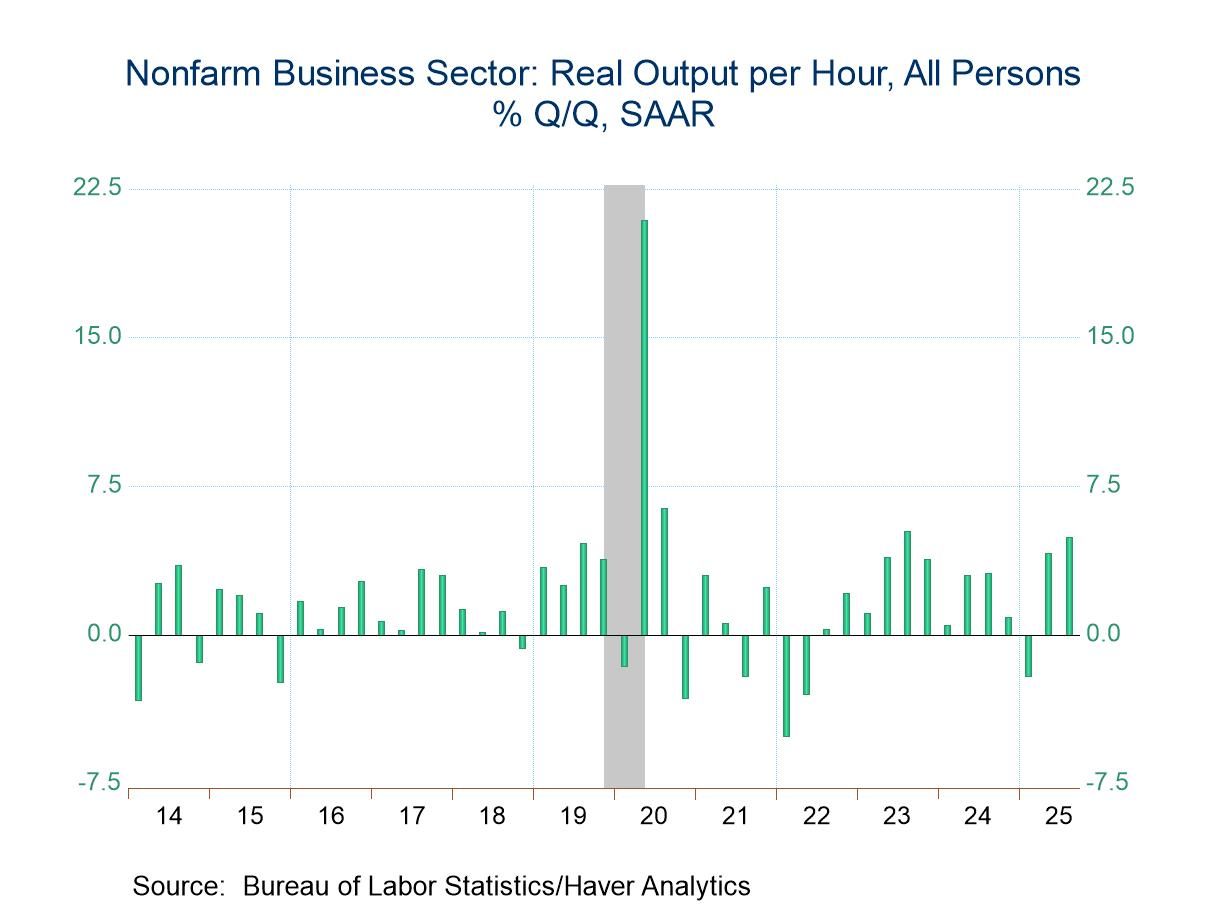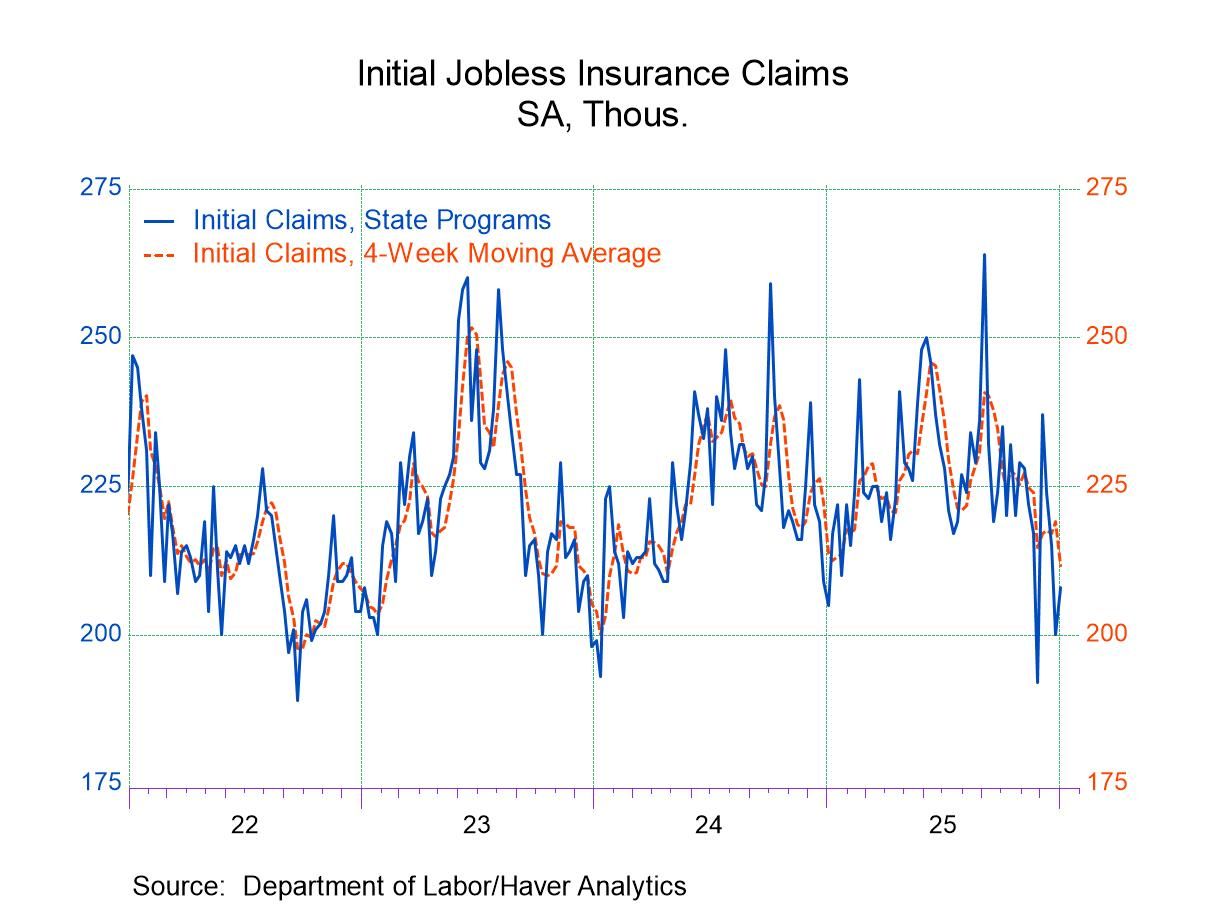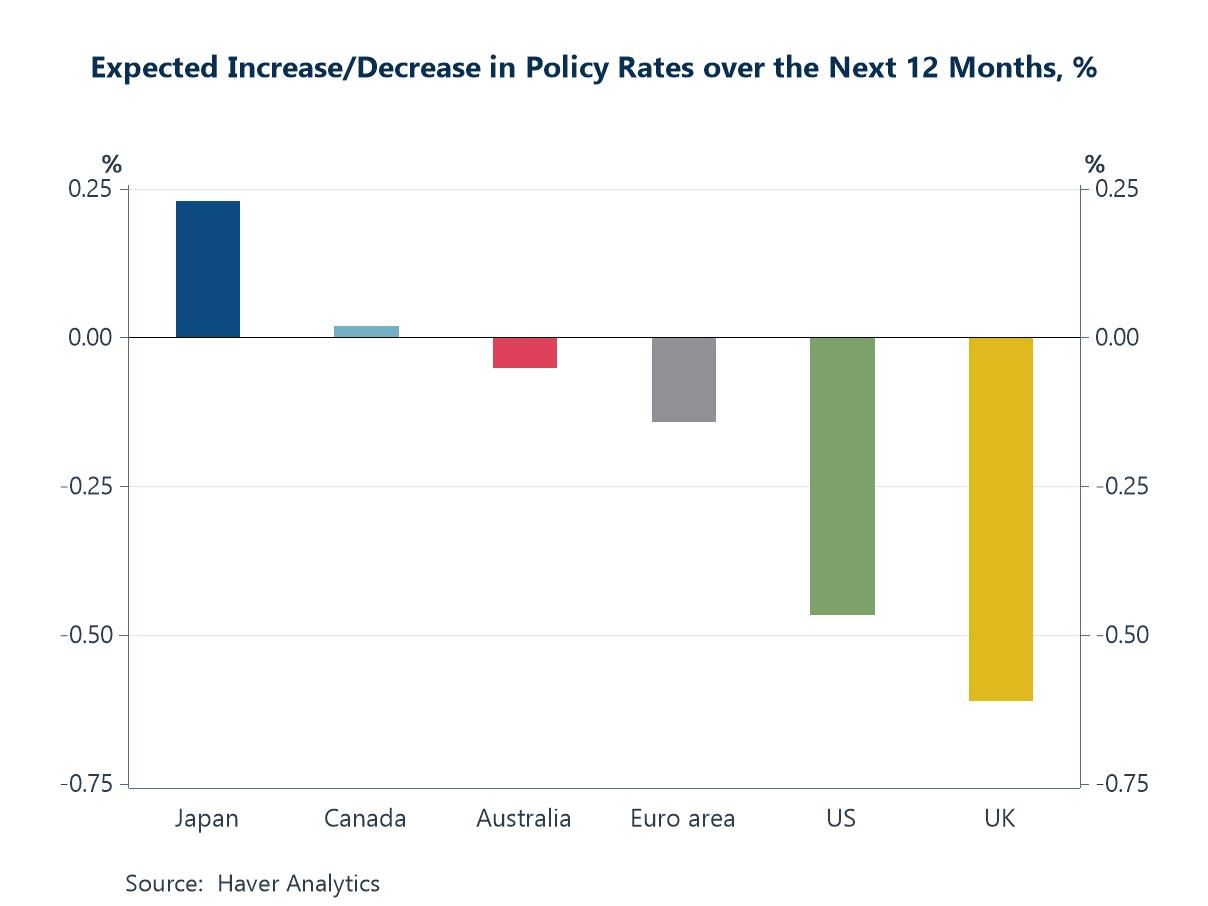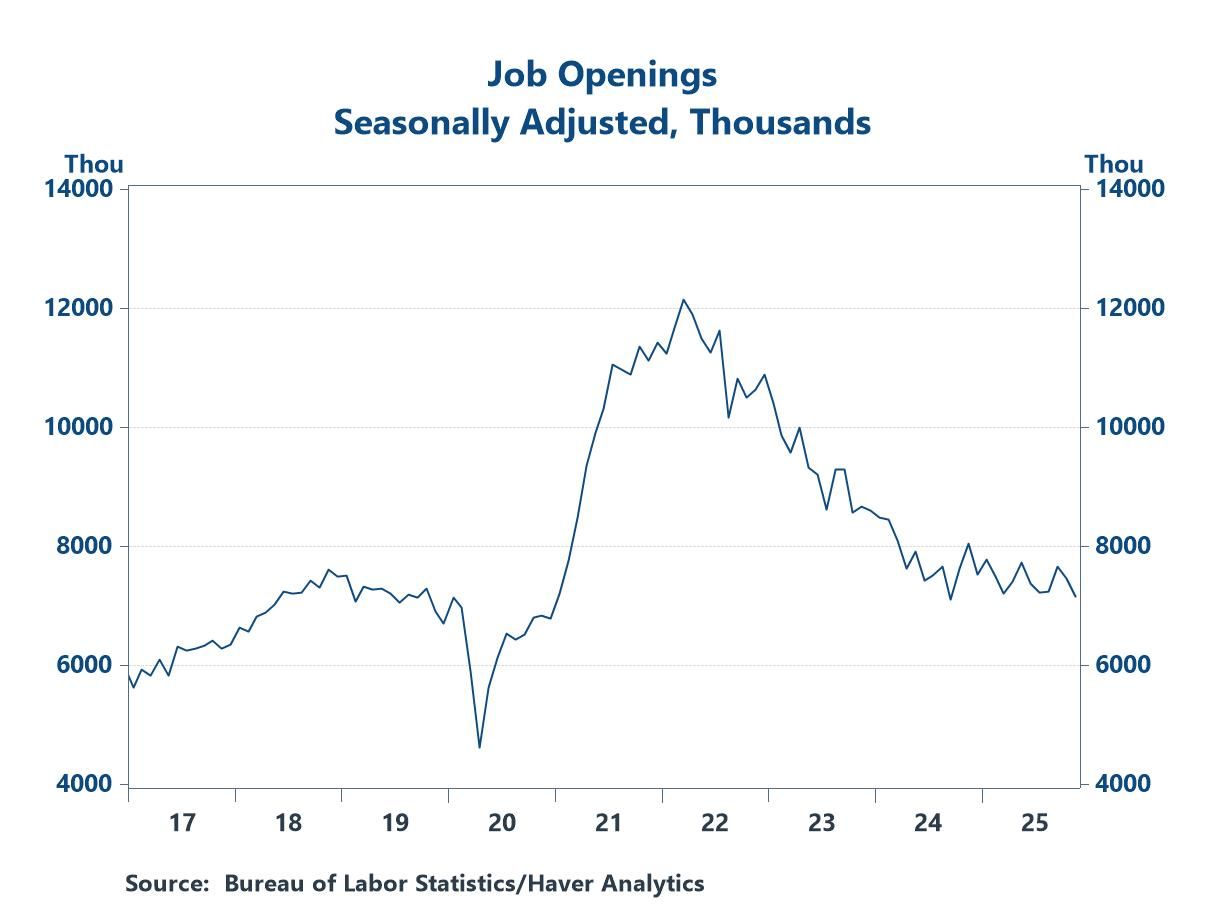METI Service Sector Reading Advances as Japan’s Readings Turn Mixed

A cacophony of trends and readings for Japan Japan's surveys for January show broad weakening despite an improvement in the METI service sector reading that rose for the second month in a row. Readings are varied, but they oscillate in a range of moderation to weakness. There is scant evidence of any strength across sectors in these various surveys using different methods of assessment and over various sectors or industries.
The Teikoku construction index improved month-to-month in January. The economy watchers index showed an improvement in employment and in its future index. For the economy watchers survey, those are three improvements in a row for employment and for the futures index. However, there's more weakening going on in January than there is strengthening.
The METI sector indexes showed industry weakening to a 97.6 reading in January from 105.5 in December. The Teikoku indexes show weakening month-to-month in services, wholesaling, retailing, and manufacturing, while in December, retailing, wholesaling, and services had improved monthly. In the economy watchers index, there was weakness in the headline and the retail sector; eating & drinking establishments and services sector readings also eased in January but all four of those surveys came after improvements in December- the economy watchers index itself had increased in each of the two previous months.
The emerging picture for Japan, therefore, is one with mixed performance across the surveys. We can also evaluate these statistics by looking at the growth rankings; for example, the year-over-year ranking of growth rates for indexes or for diffusion levels. The economy watcher diffusion indexes’ growth rates are above historic medians, except for the retail sector, which has a 44-percentile ranking. However, the rankings are not very robust with the highest being the future index with the 65-percentile ranking. The economy watchers index itself has only a 51.7 percentile growth ranking. The ranking on the levels of economy watchers diffusion indexes are higher in the 70th to 80th percentile range except for employment, whose diffusion level standing is below its historic median at its 48.3 percentile.
The Teikoku indexes also are diffusion indexes. We evaluate them on their year-over-year growth first; manufacturing and wholesaling both have growth rankings below their historic medians. The other components have rankings in their mid to low 60th percentiles. If we rank these diffusion indexes on their levels, the manufacturing index has only a 39.5 percentile standing; the rest of the sectors have standings that are in their 60th percentile decile-the exception is construction which is at its 55.8 percentile.
A Mixed Picture from Japan

The METI indexes have growth rankings that are below their 50th percentile for both industry and for the tertiary sector. Ranked on their index levels, the industry level has a 4.3 percentile ranking which is extremely weak while the services index has a 65.8 percentile ranking, a moderately firm reading- but this is on a growing index, not a diffusion index, and in a growing economy we would generally expect a stronger reading than that.
The leading economic index has a ranking based on its growth rate in its 73.5 percentile while the ranking based upon its level is only in its 41.9 percentile which is quite weak.
Japan’s surveys show no real consensus even for the same sectors in different surveys. However, they do agree that there is little evidence of strength. Japan’s economic conditions are assessed as between weak and moderate.
Robert Brusca
AuthorMore in Author Profile »Robert A. Brusca is Chief Economist of Fact and Opinion Economics, a consulting firm he founded in Manhattan. He has been an economist on Wall Street for over 25 years. He has visited central banking and large institutional clients in over 30 countries in his career as an economist. Mr. Brusca was a Divisional Research Chief at the Federal Reserve Bank of NY (Chief of the International Financial markets Division), a Fed Watcher at Irving Trust and Chief Economist at Nikko Securities International. He is widely quoted and appears in various media. Mr. Brusca holds an MA and Ph.D. in economics from Michigan State University and a BA in Economics from the University of Michigan. His research pursues his strong interests in non aligned policy economics as well as international economics. FAO Economics’ research targets investors to assist them in making better investment decisions in stocks, bonds and in a variety of international assets. The company does not manage money and has no conflicts in giving economic advice.






 Global
Global